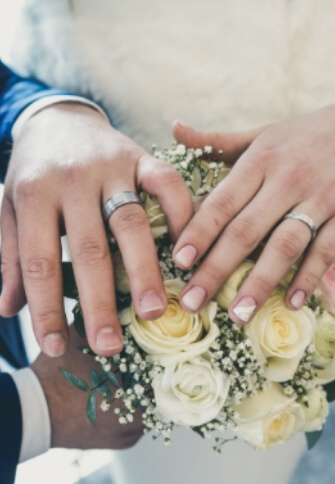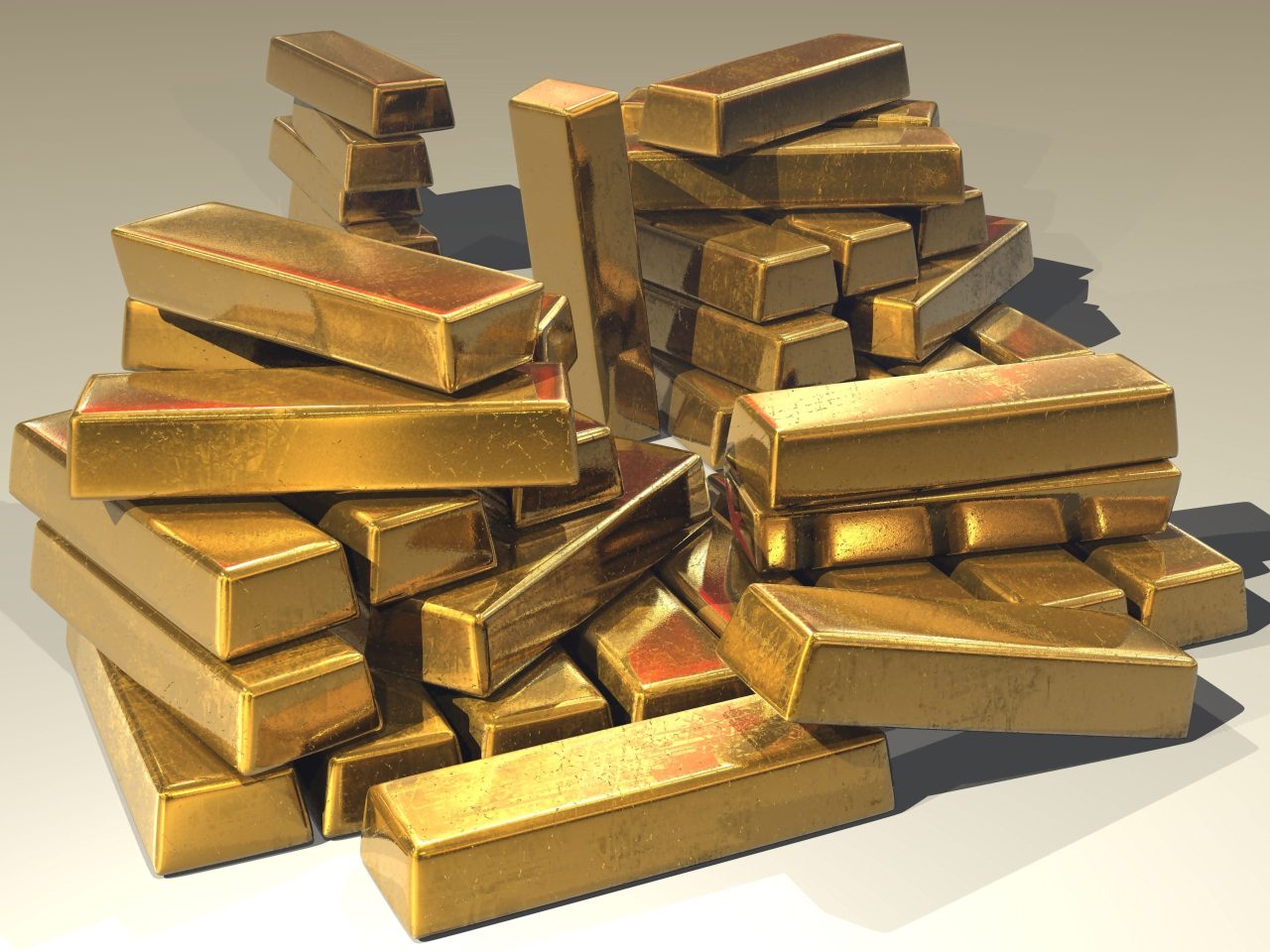Anania Family Jeweller’s Guide to Yellow Gold
Throughout history, gold has been treasured for its natural radiance and beauty. For this reason, many cultures have imagined gold to represent the sun. Gold, just the word brings to mind value, rarity, wealth, beauty and jewellery. But what is gold?
Yes, the scientists tell us gold is an element with the chemical symbol Au. We know it is the heraldic metal and it is a rare yellow mineral that is the most malleable and pliable of all metals.

Yes, but what does that mean to me? Gold is a beautiful metal
that is used to make timeless jewellery. Gold can be bent and moulded into elegant engagement rings to show the eternal affection of one person to another. Gold is an expression of love.
Is all gold the same? We hear a piece of jewellery is pure gold or solid gold or 24 karat gold, but what does it all mean? Gold used in jewellery like wedding rings can come in many forms. Basically, to understand the use of gold in jewellery is karat.
Karat vs Carat
Karat with a K is the purity of gold, Carat with a C is a measure of weight used mostly in gem weight (one carat is 1/5 gram). Karated gold used in engagement rings can be from 100% gold to as low as 37% gold.
Gold’s karat grade is used to express the proportion of gold in an alloy or the quality of a gold alloy.
Fine (pure) gold is 24 karat.
Pure gold is incredibly durable. It’s the most non-reactive of all metals: it won’t react with oxygen or most chemicals, meaning it won’t tarnish, rust or perish. This makes it perfect for use in jewellery and high status objects which are intended to retain their value and finish indefinitely.
It’s also very pure in the form in which it’s found naturally, unlike many other metals which can be difficult to extract from their ores.
As a result humans have been working with it for a very long time: gold is one of the metals of antiquity (the others being gold, silver, copper, tin, lead, iron and mercury) which were used by prehistoric humans.
While we don’t know the origins of its early discovery and use, we do have evidence of the Egyptians using gold as far back as 3000 BC.
Gold is also a very workable metal, which is another reason jewellers and goldsmiths love to use it in their designs.
Plus it’s also a truly beautiful metal, displaying a broad spectrum of colours depending on how it is alloyed with other metals. The purest gold at 24 carat gold is a luminous, rich and warm colour, unmatched by any other metals.
Finally, gold is relatively rare and often difficult to extract in large quantities, making it particularly precious and therefore expensive. It’s estimated that only 171,300 tonnes of gold have ever been mined globally: about enough to fit into a single Olympic sized swimming pool.







